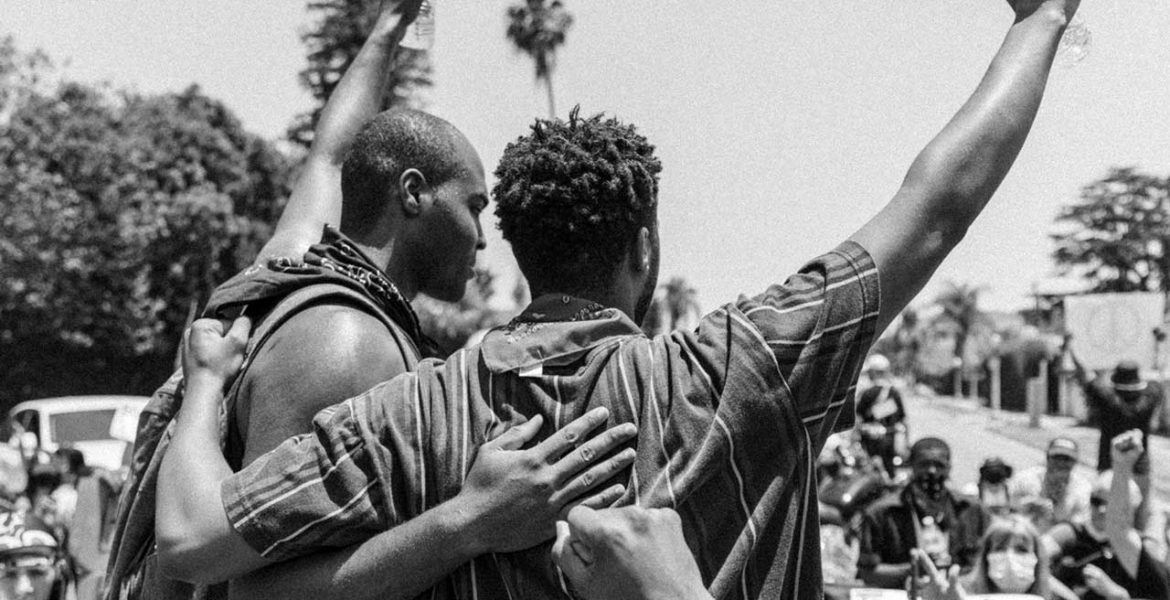By Alvin Stafford, VP, Account Services, On Board Experiential (OBE)
Black History Month in 2021 looks very different than in the past. On the heels of the global unrest surrounding the televised murder of George Floyd, we saw NBA protests against racism and police brutality along with a racially-charged presidential election, including the storming of our nation’s Capitol building. Today, non-black citizens are more informed and engaged with the struggles and contributions of black people, and we are witnessing non-black consumers, brands and government entities take a stance and draw a line in the fiscal sand. Further, communities are holding one another accountable for equity, inclusion, and diversity. For the first time, billions of dollars are being allocated for marketing programs, education, and empowerment to defend equality and level the playing field.
In years past, diversity, equity and inclusion were causally applied in the experiential marketing industry. The social events of 2020, however, have created a spirit of intentionality. There has been a shift in belief from brands and more intense demand from consumers. Having a stated KPI for diversity is now commonplace, and this thinking should be layered into all processes. As a black man, leader, and stakeholder in the marketing and experiential space, I’ve had the privilege of working with a diverse range of clients driving community-centered activations, such as Nike’s Drew League, JPMorgan Chase’s Currency Conversations program, and Chase’s #ShowMeYourWalk: HBCU Edition graduation celebration. Throughout my 15+ years of experience building events and campaigns, I’ve learned three key valuable lessons that are more apparent and important today than ever:
- Be true to your consumer. Don’t be afraid to bring in subject matter experts or hold a focus group to make sure that you accurately represent and capture your consumer’s voice. In fact, be sure to do it. Authenticity is everything! Your consumer will know if you took shortcuts, and the bottom line will suffer. Go the extra mile and get it right.
- Be intentional about diversifying your vendor and resource pools. In 2018, Facebook challenged us to engage diverse suppliers for their Community Boost roadshow tour, supporting their Supplier Diversity Program. This ask pushed us to partner with over 300 diverse vendors (more than 60% for the program)—including businesses owned by women, minorities, veterans, and LGBTQ individuals. The key takeaway we learned is that diverse creativity, thought leadership and culture will make client projects better. Even more, it will make your teams smarter and your company’s perspective broader. This intention starts with the C-Suite. Set goals and hold yourself accountable for doing the work.
- Remain open to grow and be fair. I learned the “Golden Rule” as a child and it helps me solve so many of my dilemmas: “Do unto others as you would have them do unto you.” I think we are on the right track towards embracing this simple lesson.
It is imperative that Black History becomes much more than a month-long conversation. Diversity, equity, inclusion, and love for humanity are trending in the right direction. The strengths and accomplishments of the black community will soon be woven into the fabric of brand storyboards and strategic marketing plans year-round. Martin’s dream of his children “one day living in a nation where they will not be judged by the color of their skin but by the content of their character” is on the horizon, closer than ever before.


Thank you for making points that can be applied every day. Awesome and amen 👏🏾🙌🏾